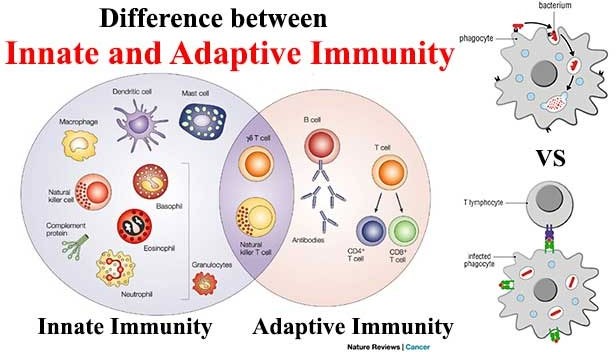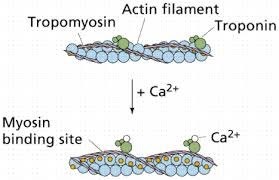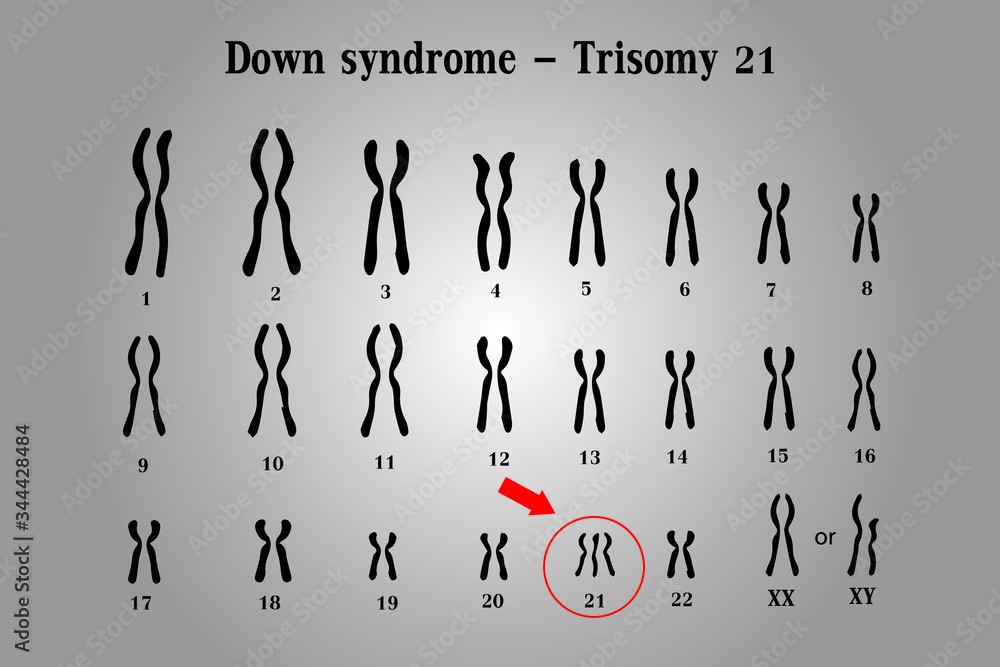Which of the following is a characteristic of innate immunity?
A. It is highly specific to particular pathogens.
B. It is acquired over time through exposure to pathogens.
C. It provides immediate, non-specific protection.
D. It involves the production of antibodies.
Innate immunity is a fundamental aspect of the body's defense mechanism that operates from birth. It offers immediate protection against a wide range of pathogens, such as bacteria, viruses, and fungi, without requiring prior exposure to these invaders.
This defense system is non-specific, meaning it doesn't target a particular pathogen but rather provides a generalized response to various threats. Innate immunity includes physical barriers like the skin and mucous membranes, as well as cellular components such as phagocytes and natural killer cells. These elements work together to detect and neutralize potential threats swiftly, preventing infections from taking hold in the body.
Therefore, the Correct Answer is C.





